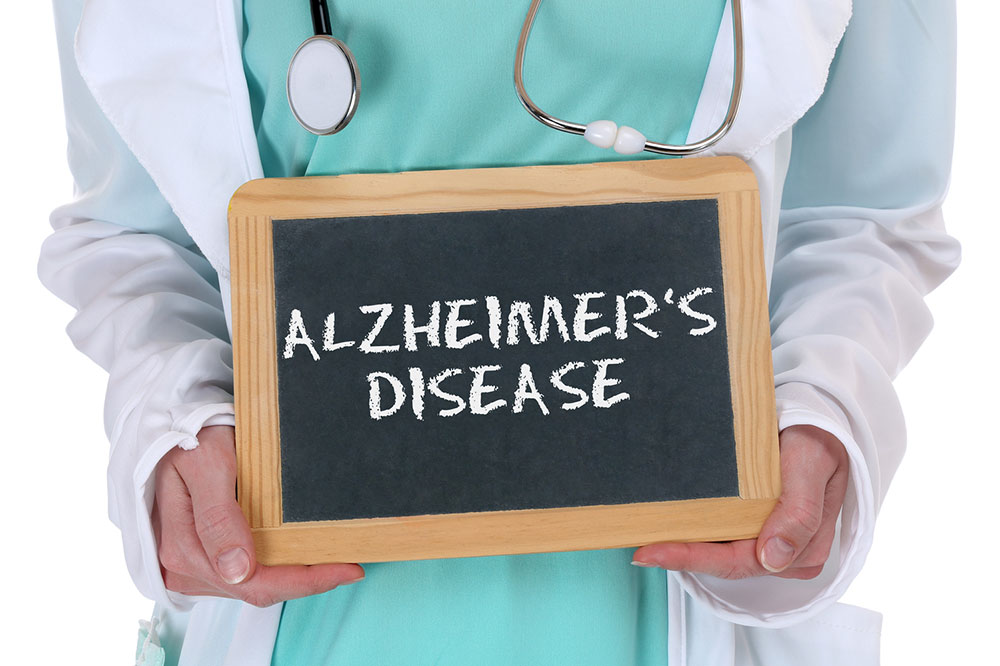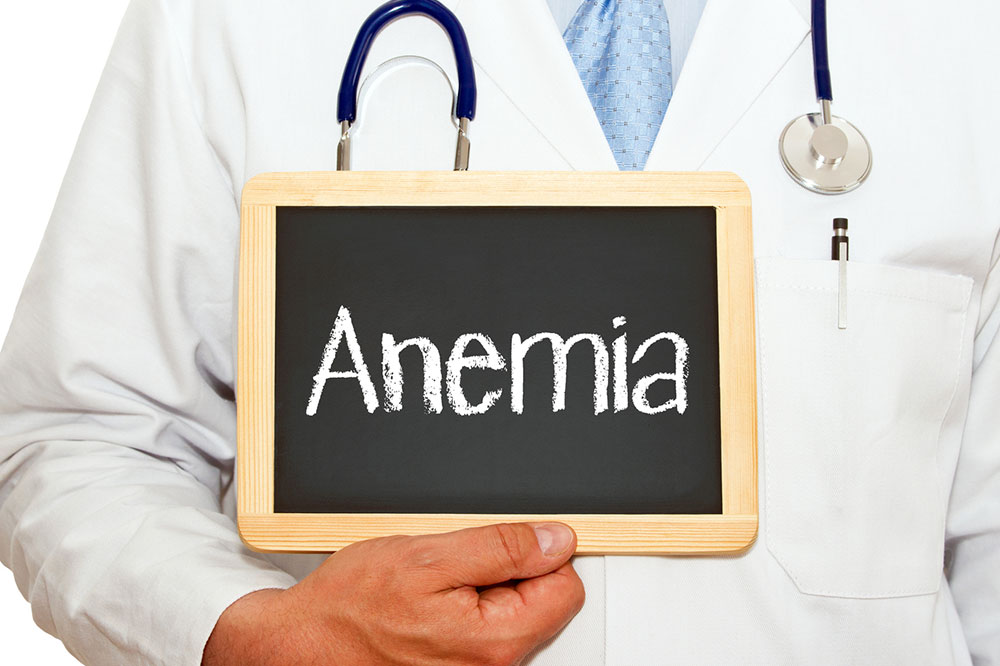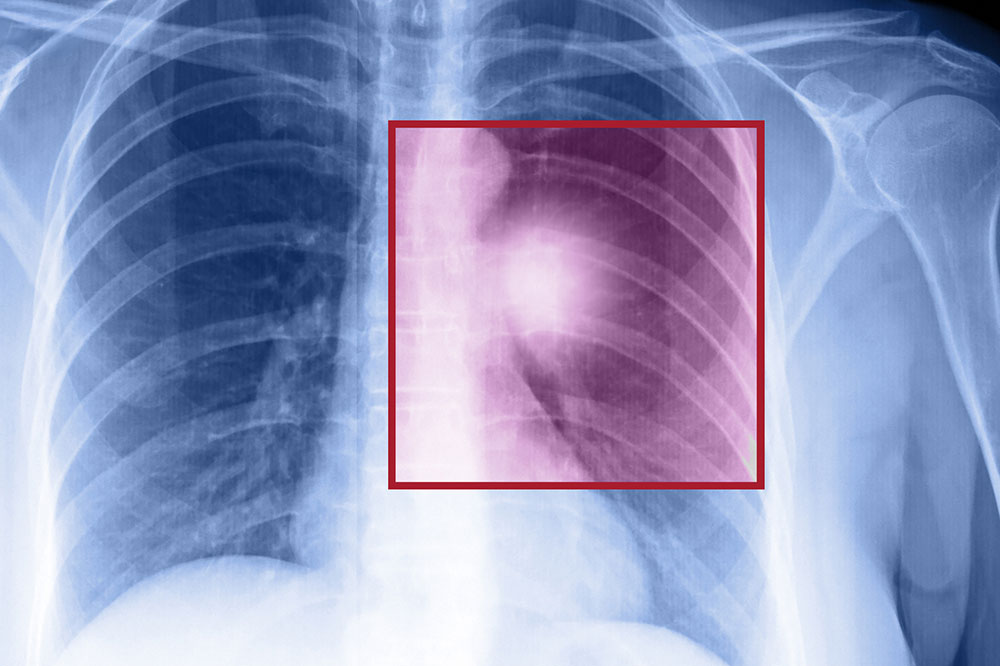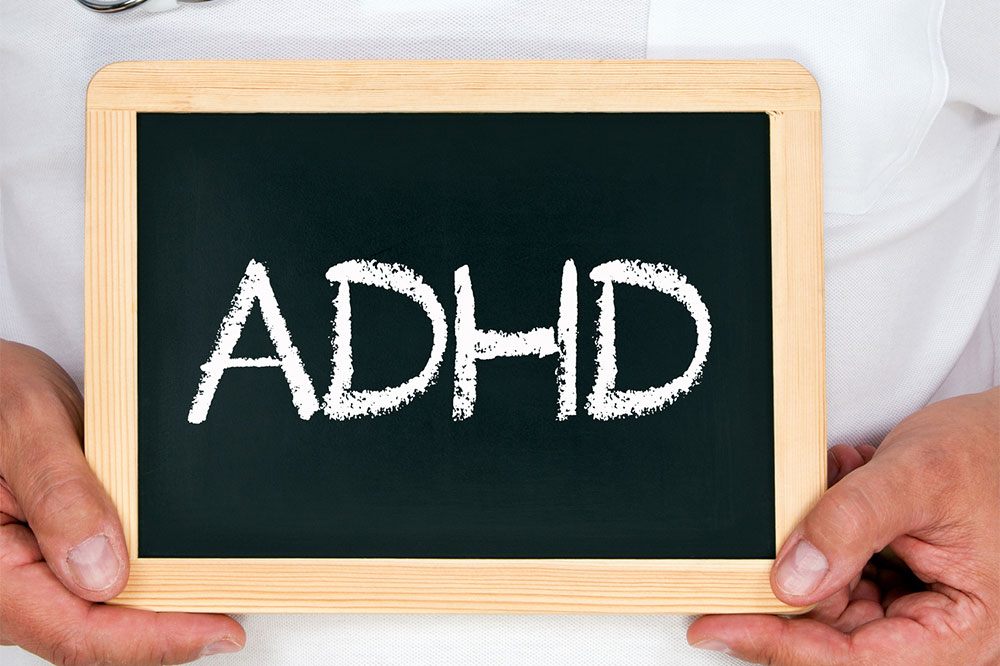Knowing the symptoms of common allergies and their risk factors
An allergy is a hypersensitive reaction of the immune system to a foreign substance. The immune system is responsible for producing substances referred to as antibodies. When an individual suffers from allergies, their immune system generates antibodies that help in identifying the harmful allergens affecting the body. The symptoms of allergies are dependent on the substance one has been affected with. The reactions can be mild, moderate or severe in nature. Hay fever Hay fever, which is also called allergic rhinitis, can result in sneezing, runny nose, itching in the eyes or the nose, and watery or swollen eyes. Food allergy An allergy, which has resulted from consuming a particular food item, can lead to a tingling sensation in the mouth, lips or face swelling up or anaphylaxis, which could pose a threat to one’s life. Insect sting allergy A sting from an insect can cause the affected portion to swell up considerably, cause an itching sensation across the body, and lead to shortness of breath. Medication allergy An allergy, caused by the consumption of some medication, results in an itchy skin, rash, hives, swelling on the face, wheezing, and anaphylaxis. Atopic dermatitis This is a skin condition, which also goes by the name of eczema.
Read More 









